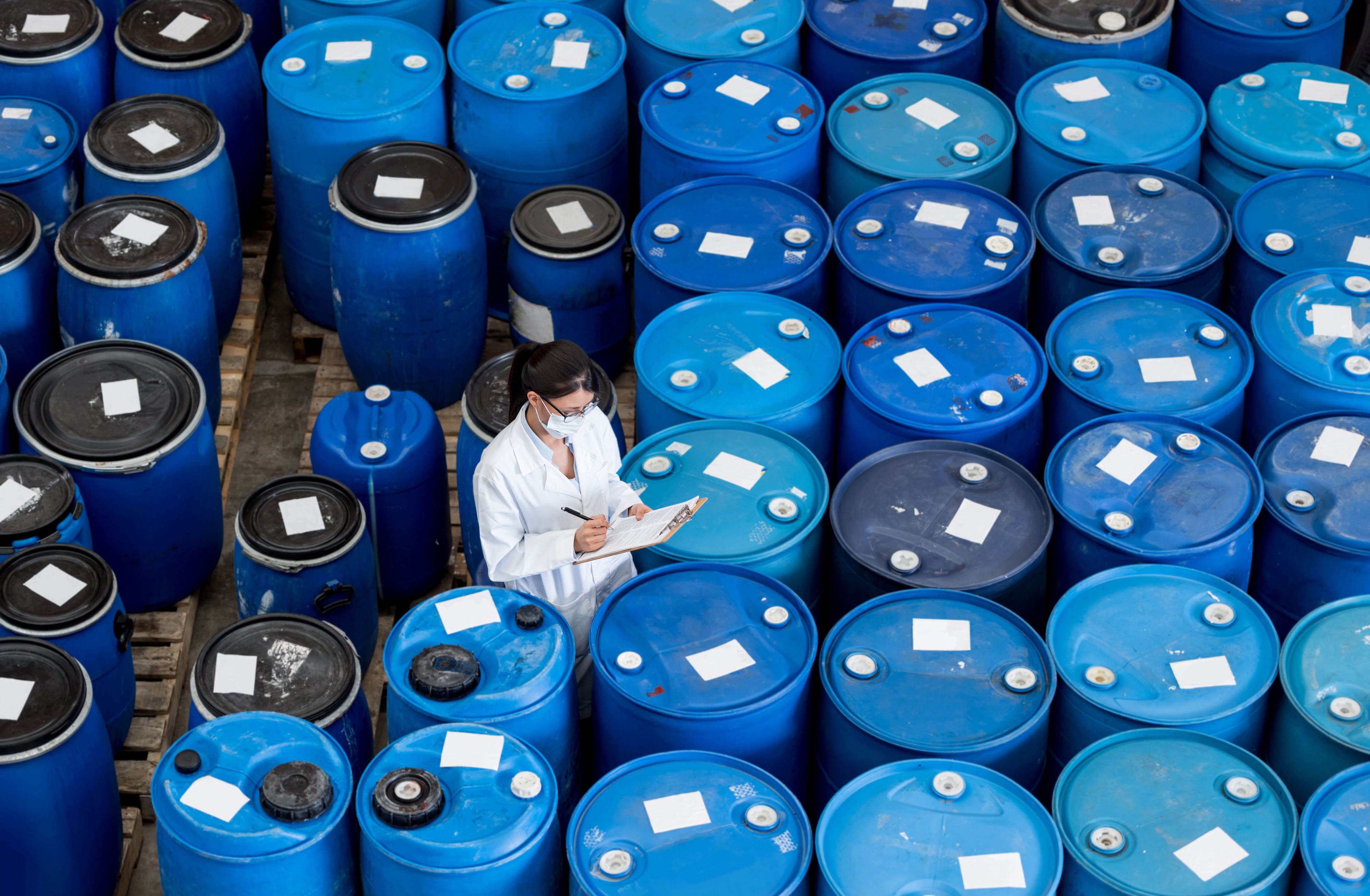Brazil Certifications and Approvals

To enter the Brazil market, chemicals used to treat water for human consumption must meet the Ministry of Health’s sanitation and health effects criteria. The standard used to evaluate water treatment chemical products is ABNT NBR 15784.
ABNT NBR 15784: What It Is and Why It’s Important
ABNT NBR 15784: Produtos químicos utilizados no tratamento de água para consumo humano — Efeitos à saúde — Requisitos is the Brazilian national standard for evaluating the health effects of water treatment chemicals.
Chemical categories covered under this standard include:
- Coagulation and flocculation chemicals (e.g. aluminum sulfate (alum), ferric chloride)
- Corrosion and scale control chemicals (e.g. polyphosphates, sodium silicate)
- Disinfection and oxidation chemicals (e.g. chlorine, sodium hypochlorite)
- Well drilling aids (e.g. bentonite well grouts, well drilling fluids)
Achieve Compliance
Manufacturers looking to sell chemical water treatment products in Brazil are required to show compliance with ABNT NBR 15784 through product testing by an INMETRO-accredited laboratory. That’s where NSF can help.
The Value of Working With NSF
NSF water testing provides:
- Regulatory compliance: Assurance that your product meets all requirements for the Brazil market, as outlined in ABNT NBR 15784.
- Quick turnaround from an accredited laboratory: Our lab in Porto Alegre, Brazil is INMETRO-accredited and ready to test your products right away.
- Credible test results: NSF maintains high-level internal requirements for all our labs, so you can have confidence in your test results.
- Efficient sample testing: Our lab’s location makes it easier and less expensive for South American-based companies to ship samples for testing.
- Local staff: NSF staff working directly on your projects can communicate with you in Portuguese and Spanish.
Access the North American Treatment Chemicals Market
Resources
Share this Article
How NSF Can Help You
Get in touch to find out how we can help you and your business thrive.




